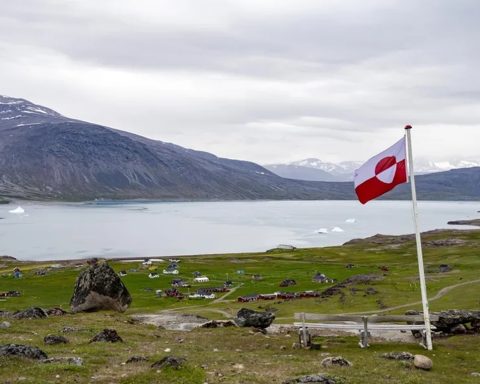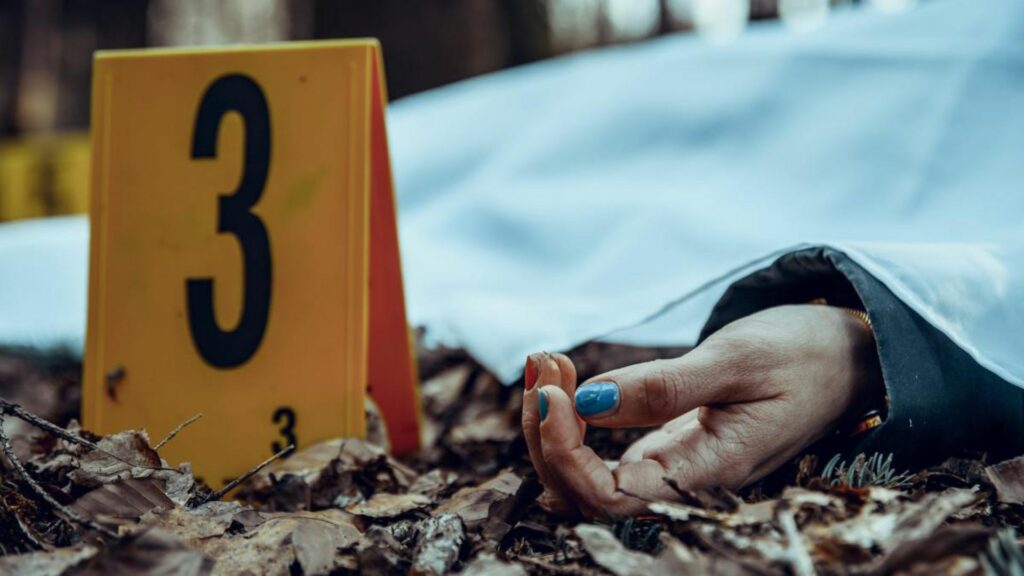HAVANA, Cuba.- On May 30, 1817, on the land now occupied by the National Capitol, The first Botanical Garden that the Island had was founded, baptized with the name “Carlos III of Spain”. The first objective of such an important site was to study the vegetation of the tropics.
This interest stemmed from the systematic exchange of tropical plants around the world, existing since the 16th century. Portuguese sailors brought cassava from the Americas to Africa, and returned to the New World with several mangoes from India. Precisely a Portuguese captain, named Antonio Parra, had given himself the task, since 1789, of sending various species of Cuban plants and animals to Madrid.
Thus, by the beginning of the 19th century, several botanical gardens already existed in Europe with an important presence of tropical species. Among the most complete we could mention the Royal Botanical Garden (United Kingdom), El Jardín de las Plantas (Paris) and the Royal Botanical Garden of Madrid.
The Botanical Garden of Havana, like so much good that arose in those years for the pride and strength of the capital, was created under the patronage of the Royal Patriotic Society, which would later become the Economic Society of Friends of the Country. Said entity particularly promoted the study of plants for industrial purposes, an interest motivated by the main economic sources of Cuba: sugar cane, coffee, cocoa and tobacco.
A good part of the government authorities of Havana attended the inauguration ceremony of the Garden. Its first director was the botanist José Antonio de la Ossa, who remained in that position for seven years, during which he made an invaluable contribution to the growth and development of the garden’s floristic collection, with specimens collected in the outskirts of the capital.
The fruit of his intense work was reflected in his research work Flora Habanensis. Under his watchful eye, in the Havana garden were planted, among other species of trees and shrubs, orange trees, walnuts, oaks, ocujes, rose bushes and casuarinas.
Also in the field of medicine, the Botanical Garden made a considerable contribution to the Havana population, since a part of its flowerbeds, seedbeds and nurseries was dedicated to the promotion of medicinal plants. Leaves, roots and fruits were requested by the pharmacies of the capital, which promoted a pharmacopoeia based on natural medicine with very encouraging results, giving rise to knowledge and tradition that continue to this day.















